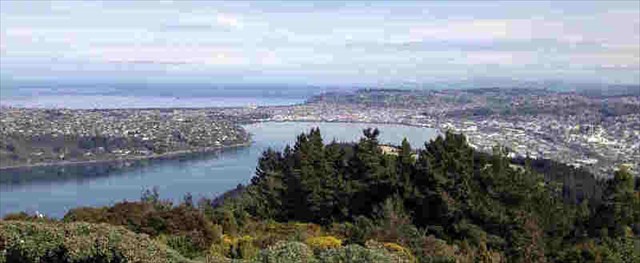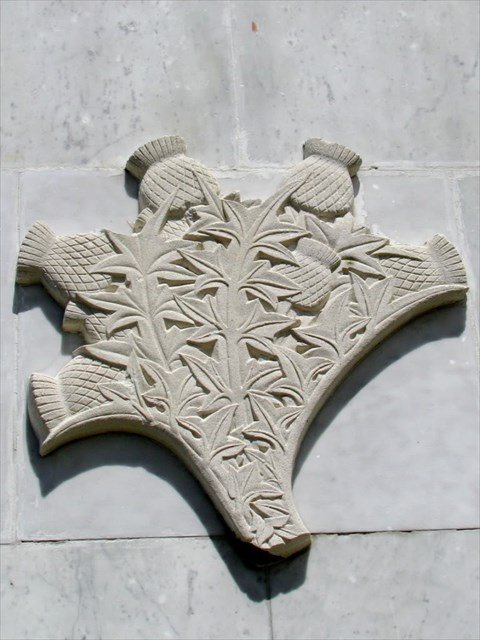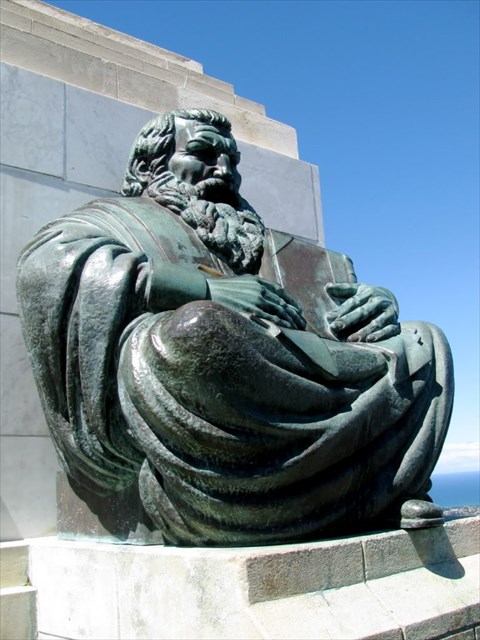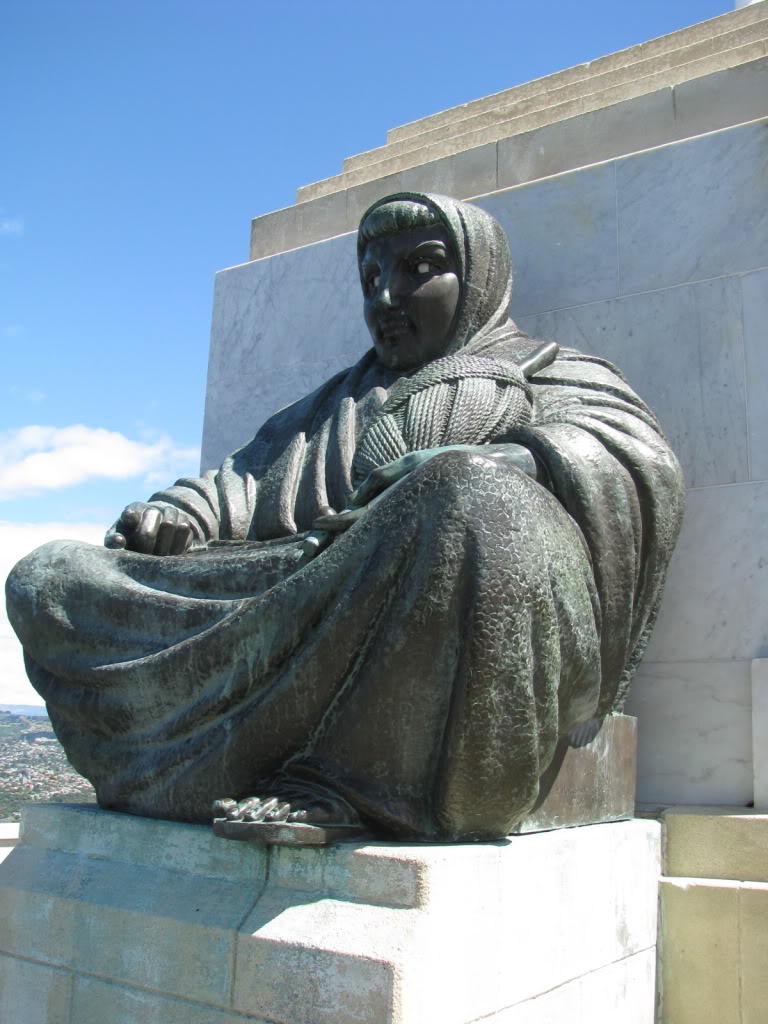Dunedin Views: Centennial Memorial Trad (Otago) Traditional Geocache
Dunedin Views: Centennial Memorial Trad (Otago)
-
Difficulty:
-

-
Terrain:
-

Size:  (regular)
(regular)
Please note Use of geocaching.com services is subject to the terms and conditions
in our disclaimer.
A traditional geocache at an iconic Dunedin viewpoint. A regular container with space for Travelbugs.
As soon as you arrive at the lookout you'll enjoy logging Nemesis's venerable virtual Centennial Memorial cache - a 'must do' for every geocacher visiting Dunedin. It's the 13th oldest active cache in the South Island, placed June 2001.
Then admire the view - this Signal Hill lookout is traditionally the best location for a photo of Dunedin.
And finally, to find this traditional cache, walk down the steps , turn right, follow the path until you come to the gravelled bike path. Now walk downhill to that large tree on its own. It's easy to get under the tree from the uphill side. There you are - a nice regular container.

For a park & grab, drive up - the road to the lookout was begun in 1934 as a Depression work scheme.
If you'd prefer a ramble to this cache, you can walk or bike up through Signal Hill Reserve from Rimu St in Ravensbourne, or from Butts Rd up the 5% gradient Big (GR)Easy track.
See a track map here: Signal Hill Reserve Track Map.
A plaque tells us:
The structure was constructed in 1940 to commemorate
the first European settlement of New Zealand in 1840.
Clumsy wording! These days we would say, the centenary of the signing of the Treaty of Waitangi. The first European settlement of Aotearoa was actually the Anglican Church Missionary Society's 1814 venture at Oihi in the Bay of Islands - Marsden Cross Cache.
Practical proposals to commemorate the centenary such as a multi-purpose women's restrooms/Plunket building or a hospital cancer ward were considered less appropriate than the "stirring view" from this “glorious spot”.

 A block of basalt from Edinburgh Castle Rock was sent from Dunedin's namesake Edinburgh to signify the bond which forever binds the cities of Edinburgh and Dunedin.
A block of basalt from Edinburgh Castle Rock was sent from Dunedin's namesake Edinburgh to signify the bond which forever binds the cities of Edinburgh and Dunedin.
This was unveiled by Governor General Sir Cyril Newall 3 April 1941. The Union Jack was raised in honour of the King's representative and "God Save the King" was sung... Back in 1941 we were a Dominion of the Empire, only becoming a fully independent country in 1947. "God Save the Queen" is still one of our national anthems, with "God Defend NZ" being added as a second anthem in 1977.

 To add to the dating confusion, this monument also commemorates the Centenary of the founding of Dunedin and Otago in 1848.
To add to the dating confusion, this monument also commemorates the Centenary of the founding of Dunedin and Otago in 1848.
The original plan was to have bas-relief panels showing events from Otago’s history. Instead, in 1950 two bronze statues were commissioned from Christchurch sculptor Francis Shurrock, cast in England and installed in 1955. “Old Father History” relaxes in the sun, holding a closed book dated 1848 – 1948. The young woman, modelled on the artist’s wife Elizabeth, sits on the shady side spinning "The Thread of Life".
Stone plaques showing the New Zealand fern, the Scottish thistle and the Otago Provincial seal were added to the memorial in 1957.
The Dunedin Geocaching community has regular CITO events here to remove extra ornamentation in the form of takeaway packaging and alcoholic beverage bottles...
Information:
Otago Sculpture Trust Feature Items: Sculptures -> In Site Library – Sculptures in greater Dunedin -> Otago Centennial Memorial (Signal Hill): 1952-55
Dunedin lookouts
Scottish Tartans Authority: Founding of Dunedin 1848
Dunedin sister city: Edinburgh
Edinburgh Castle Rock
Etymology of Edinburgh
Additional Hints
(Decrypt)
Onfr bs ynetr gerr, haqre ebpxf.